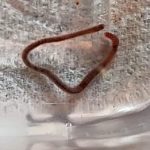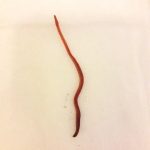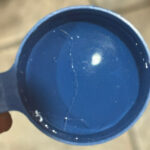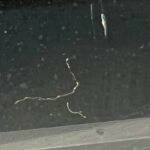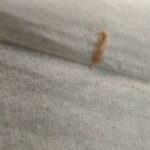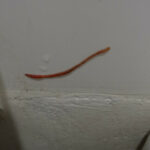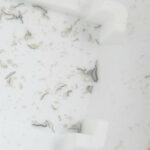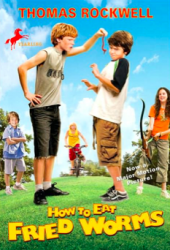
A reader wrote to us about the prospect of rearing worms to make animal feed, evidently for farm animals. (The reader mentioned poultry, dairy cows, and sheep.) He wants to know the best worms to rear for this purpose, and he is also looking for information about how to get a worm-rearing operation going.
First, from all that we know about this topic, worms (and larvae, as we’ll see) are basically only used to feed poultry, although occasionally they are fed to other farm animals, like pigs (along with several other animals, including fish, turtles, and various other kinds of reptiles, but it appears our reader isn’t interested in these types of non-farm animals). They are good sources of protein and so could theoretically be beneficially consumed by a large number of different creatures, even humans, but the fact that no one seems to be doing this is a fairly good indication that this probably isn’t the best route to take, unless our reader is interested in feeding gummy worms to cows, as happened in 2012 when the price of corn feed shot up. (Gummy worms and various other sweets were used because cash-strapped farmers needed something to replace the starchy, sugary contents of corn feed.)
All that said, what kind of worms should our reader rear? There are at least two options. The first possibility is red worms (commonly called “red wigglers“), which are a species of earthworm that are widely used for composting. In fact, it seems safe to say that most composting operations use red worms. If used as an animal feed, they are normally fed to poultry. They can be fed to the animals while they are still alive by simply placing them on the ground or they can be dried, ground up, and added to a regular feed used for poultry. Another great possibility for our reader to consider is black soldier fly larvae (BSFL), which are also called Phoenix Worms. (Dr. Craig Sheppard gave them this name when he started selling BSFL commercially.) BSFL can certainly be used to feed poultry – indeed, a reader has confirmed this for us by writing that his chickens eat them like M&Ms – but they are perhaps best known as reptile feed. (They also make good fish bait.) The reader should consider both red worms and BSFL, further researching both, to see which type of operation he wants to set up.
And speaking of setting up an operation: we have written about setting up compost bins on multiple occasions, so we won’t dwell on the details and encourage anyone interested to click around the site to find out more about starting a compost operation. However, on this site and elsewhere, there seems to be a tendency to focus only on red worms. (As we said above, red worms are the creatures that most people associated with composting.) Fortunately, though, BSFL compost bins are very similar to red worm composting bins – in short, you put tons of worms into a bin of organic waste and they’ll devour it, converting the waste into fertilizer. Our reader might be able to put this fertilizer to use, but mostly he’ll be interested in harvesting the worms, which is a simple matter of gathering up the creatures, potentially using a collection receptacle, at the right time (when the red worms have matured after a few months, and before BSFL have turned into adult flies).
No doubt there are other worms that could be used to feed animals, but the popular options definitely seem to be red worms and black soldier fly larvae. They are both fairly easy to rear and they offer a vast supply of cheap animal feed for poultry and various other animals (although not some of the farm animals our reader was interested in feeding). Our reader should look into both – there is no shortage of information about either creature.
All About Worms is always free, always reader-supported. Your tips via CashApp, Venmo, or Paypal are appreciated! Receipts will come from ISIPP Publishing.



